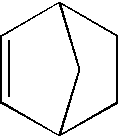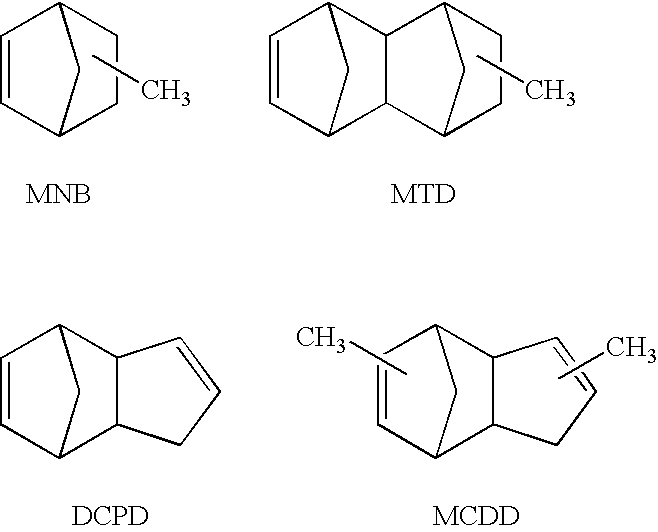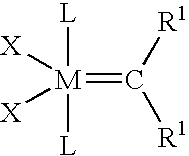Polycycloolefin (PCO) thermoset assembly and process for its preparation
a polycycloolefin and thermoset technology, applied in the direction of adhesive processes, adhesives, etc., can solve the problems of insufficient active activity of solvent wipes, inability to bond on themselves, and inability to achieve the same properties
- Summary
- Abstract
- Description
- Claims
- Application Information
AI Technical Summary
Benefits of technology
Problems solved by technology
Method used
Image
Examples
example 1
Preparation of Reactants to Make a PolyDCP-W-Network
[0134]Reactant A: A mixed solution of polymerization activator is prepared by mixing trioctylaluminum, dioctylaluminum iodide and diglyme at molar ratios of 85:15:100. The mixed solution is added to a mixture consisting of 95 parts by weight of purified dicyclopentadiene, 5 parts by weight of purified ethylidenenorbornene and 3 parts by weight of the above-mentioned ethylene-propylene-ethylidenenorbornene copolymer rubber in an amount to give an aluminum content of 0.015 M to obtain an activator reactant solution A.
[0135]Reactant B: Tungsten hexachloride (20 parts by weight) is added to 70 parts by volume of anhydrous toluene under nitrogen. The obtained mixture is mixed with a solution consisting of 21 parts by weight of nonylphenol and 16 parts by volume of toluene to obtain a catalyst solution containing 0.5 M of tungsten. The solution is purged with nitrogen over night to remove the hydrogen chloride gas formed by the reaction ...
example 2
Preparation of Reactants to Make a PolyDCP-Mo-Network
[0136]Two percent of phenol antioxidant, Irganox 259, is dissolved in dicyclopentadiene (DCP), which was poured into two containers. In one of them, diethyl aluminum chloride (DEAC), 1-propanol, and silicon tetrachloride are added to DCP in such a way that their concentration is 33 millimols, 42.9 millimols, and 20 millimols, respectively to make reactant A. In the other container, tri(tridecyl) ammonium octamolybdate is added to DCP in such a way that its concentration (atomic Mo) is 8 millimols to make reactant B.
example 3
Preparation of a PolyDCP-W-Network
[0137]Both reactant solutions A and B prepared according Example 1 are mixed together at a ratio of 1:1. The mixture is immediately poured into a 400 mm×300 mm×5 mm plaque mold heated to 80° C. Ring-opening polymerization reaction in the mold is conducted for approximately 3 minutes and then a plaque of poly-DCP based on tungsten catalyst is obtained.
PUM
| Property | Measurement | Unit |
|---|---|---|
| mold pressure | aaaaa | aaaaa |
| weight percent | aaaaa | aaaaa |
| weight percent | aaaaa | aaaaa |
Abstract
Description
Claims
Application Information
 Login to View More
Login to View More - R&D
- Intellectual Property
- Life Sciences
- Materials
- Tech Scout
- Unparalleled Data Quality
- Higher Quality Content
- 60% Fewer Hallucinations
Browse by: Latest US Patents, China's latest patents, Technical Efficacy Thesaurus, Application Domain, Technology Topic, Popular Technical Reports.
© 2025 PatSnap. All rights reserved.Legal|Privacy policy|Modern Slavery Act Transparency Statement|Sitemap|About US| Contact US: help@patsnap.com



